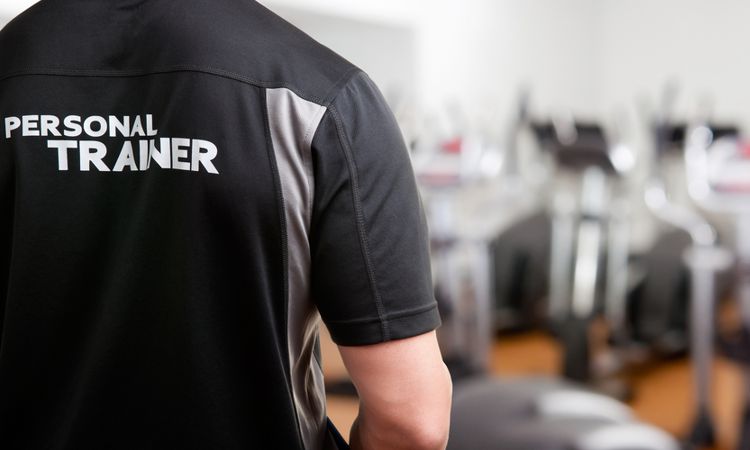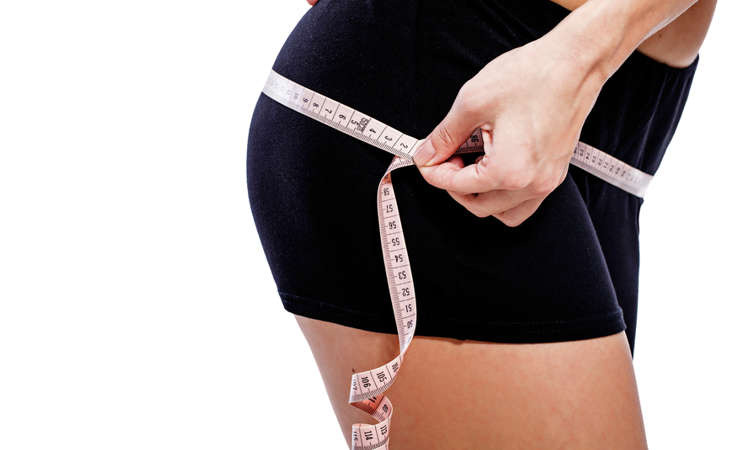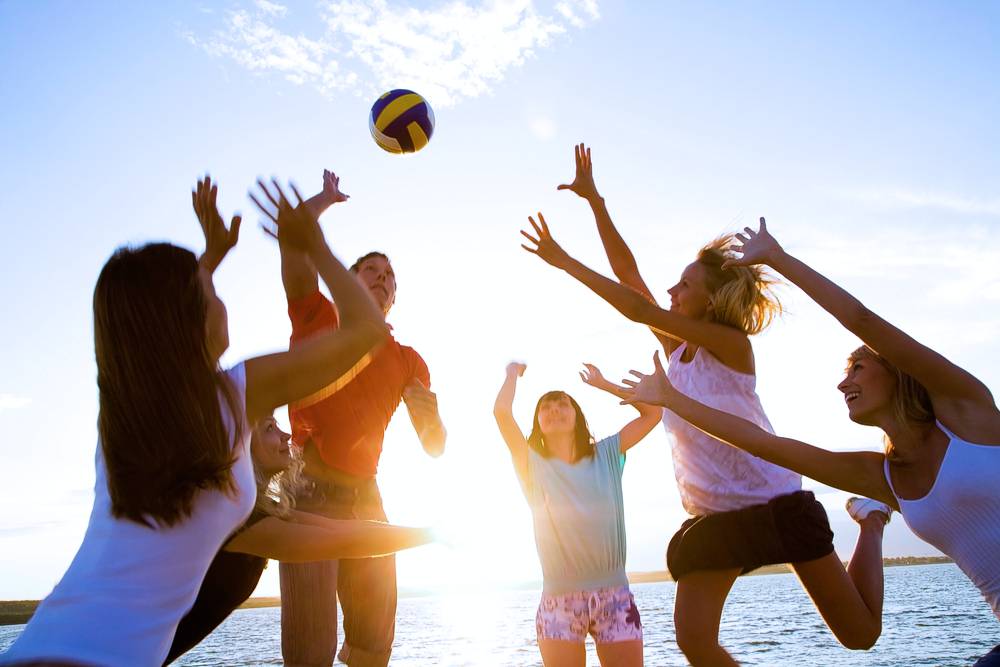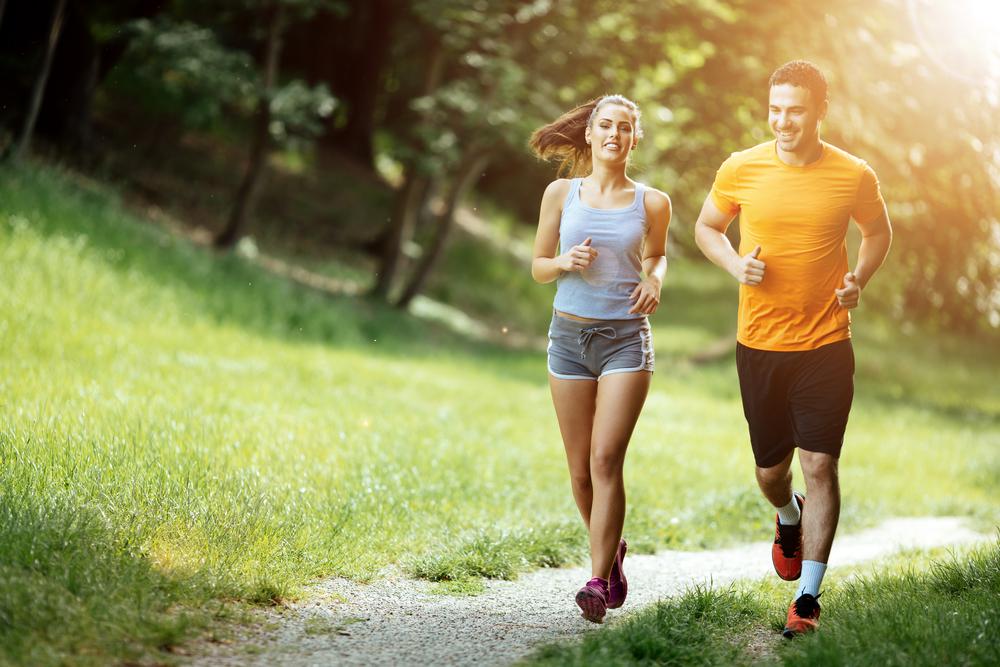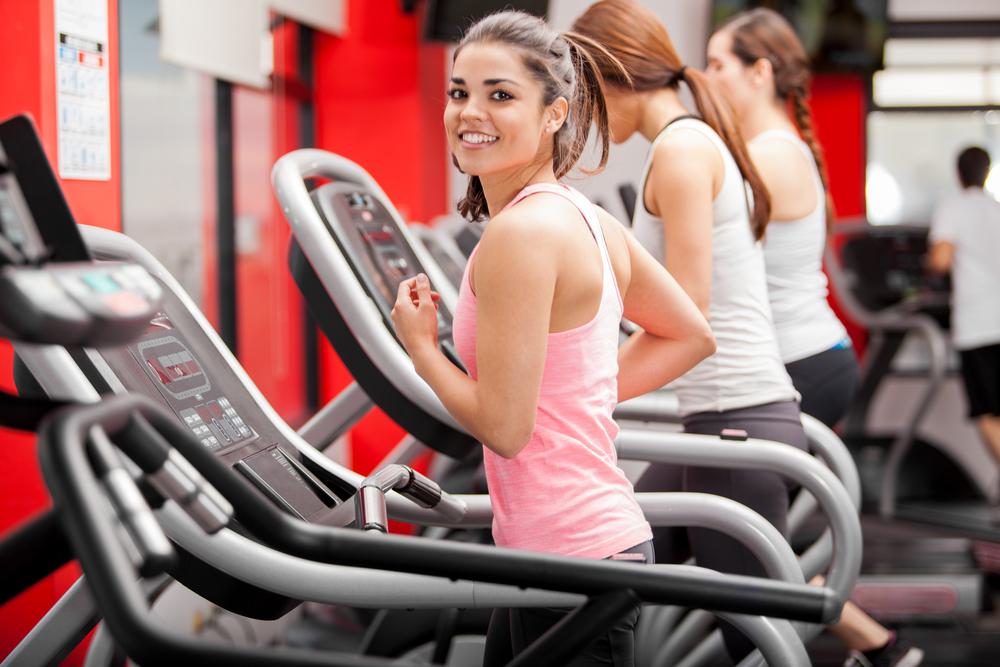.jpg)
Working on your fitness can really improve your tennis game. The workout below targets each of the main areas involved in the game so you’re in top shape when you step on court. Repeat the workout twice a week for the best results, resting for 30-45secs between sets. Start with a warm-up of marching then jogging on the spot and stretches for the upper and lower body.
Forward and Side Jumps/hops – 2 sets.
Arrange 5 low hurdles in the floor roughly 1.5f apart (you can use cones or any other markers if necessary). Jump over each hurdle with feet together, using your arms to add momentum, jumping again as soon as you land. Turn to your right and repeat the course, jumping sideways, leading with your left shoulder, and then repeat leading with your left.
Lunge and Twist – 2 sets of 12 reps (6 each side)
Stand with feet together holding a medicine ball or weight level with your chest. Take a large step forward with your right leg and extend your arms out in front of you. Rotate your torso to the right and then back to the centre. Bend both knees to perform a lunge, making sure your front knee is behind your toes. Quickly straighten your legs, jumping up and bringing your left leg forward and right leg back. Turn your torso to the left and then back to centre, lunging and jumping again. Continue, alternating sides to complete one set.
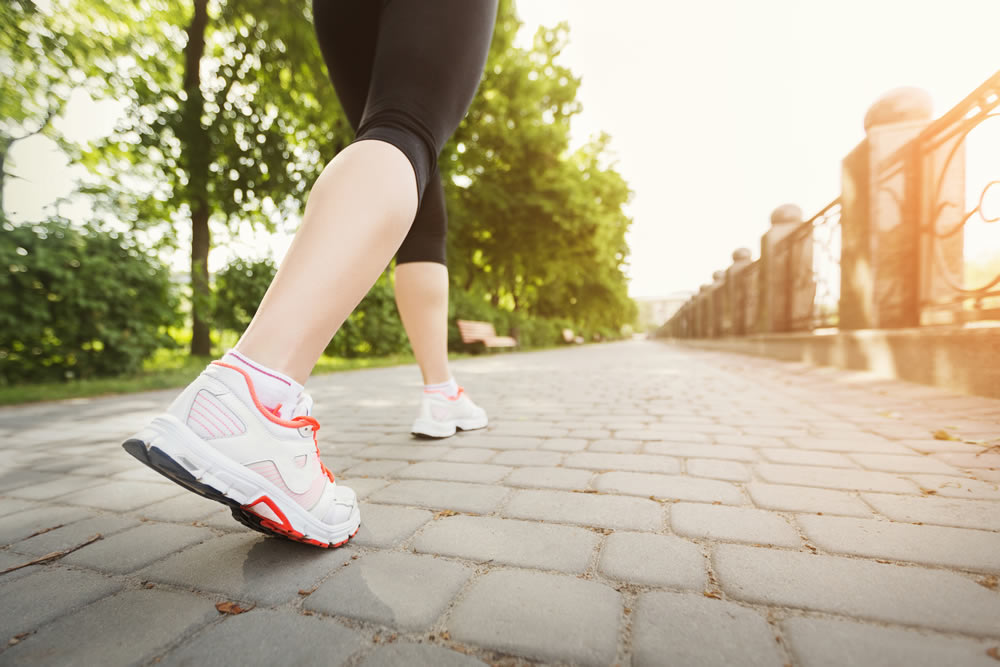
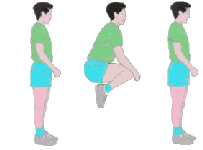 Steps:
Steps: The health benefits and the energy It's what keeps us jogging in the sideways rain, blistering cold and slippery snow and, once you're hooked, can be as addictive as any chocolate ice cream. But despite the array of health benefits, running is actually quite tough on your joints.
The health benefits and the energy It's what keeps us jogging in the sideways rain, blistering cold and slippery snow and, once you're hooked, can be as addictive as any chocolate ice cream. But despite the array of health benefits, running is actually quite tough on your joints.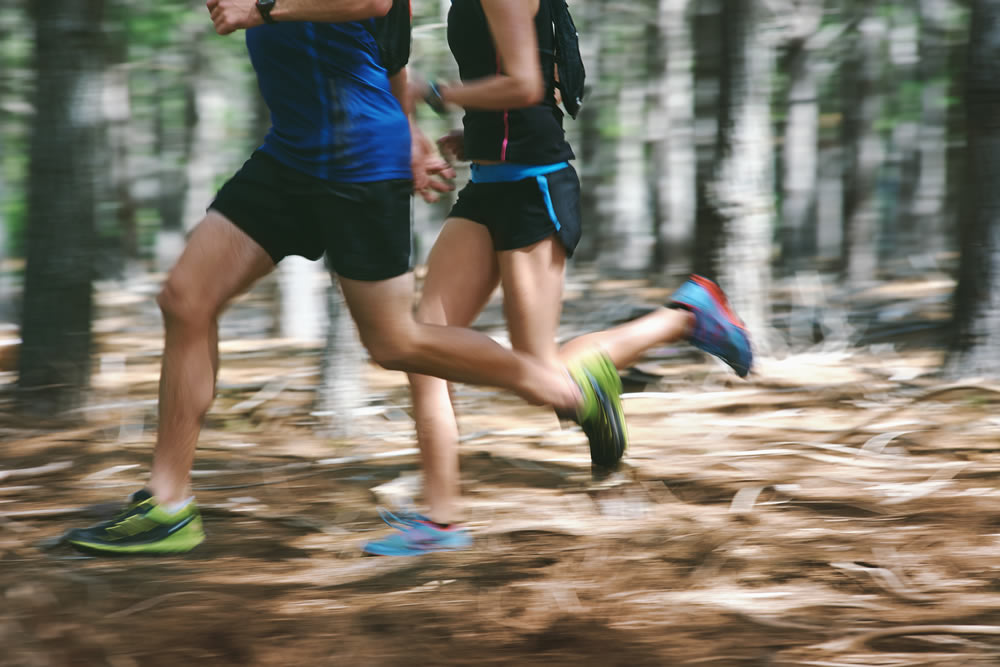
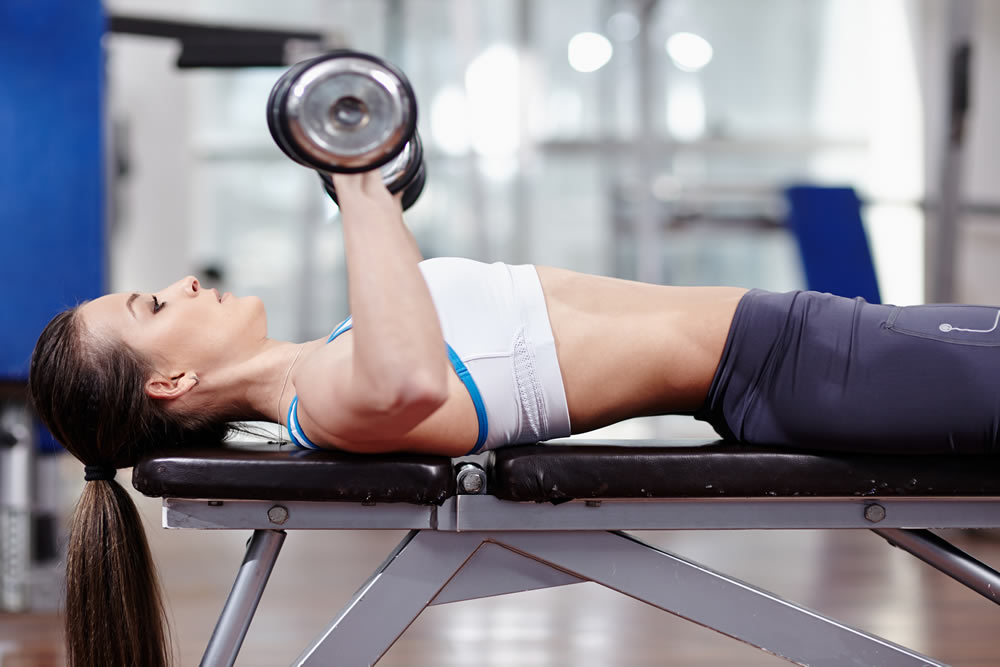

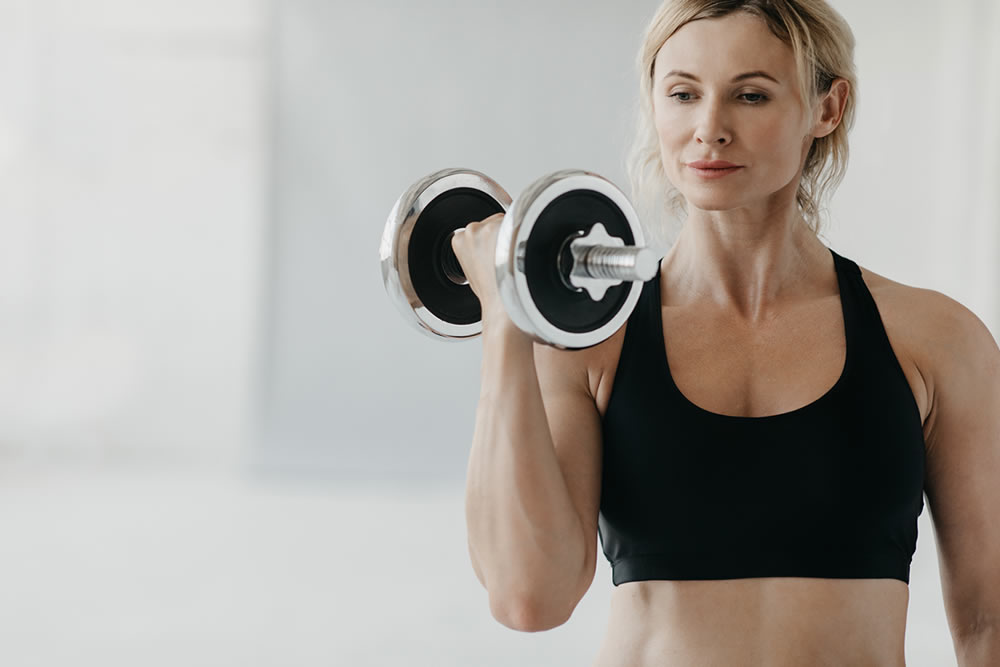
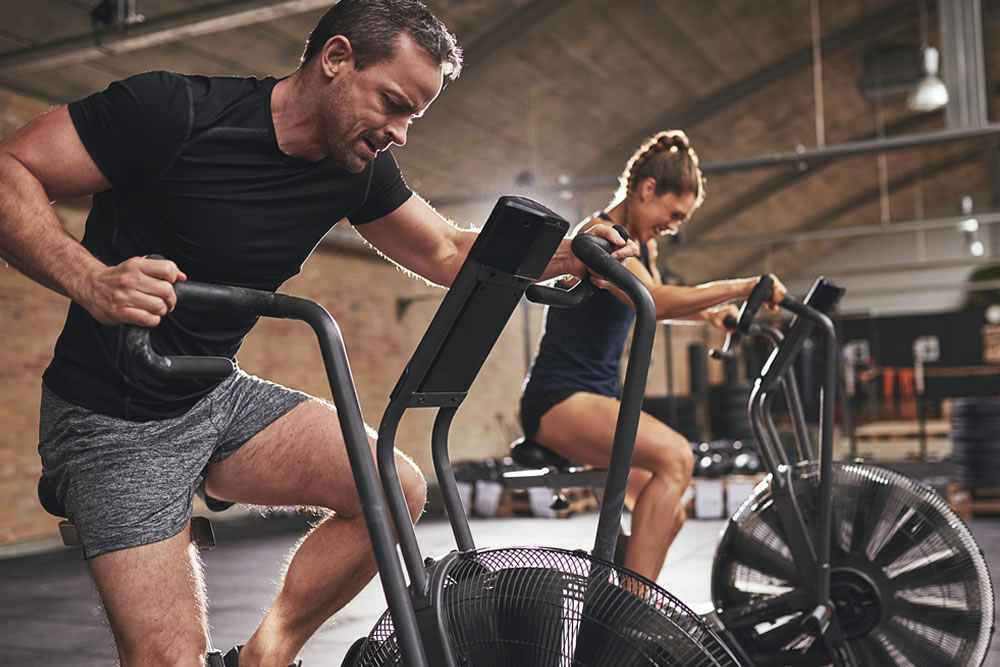

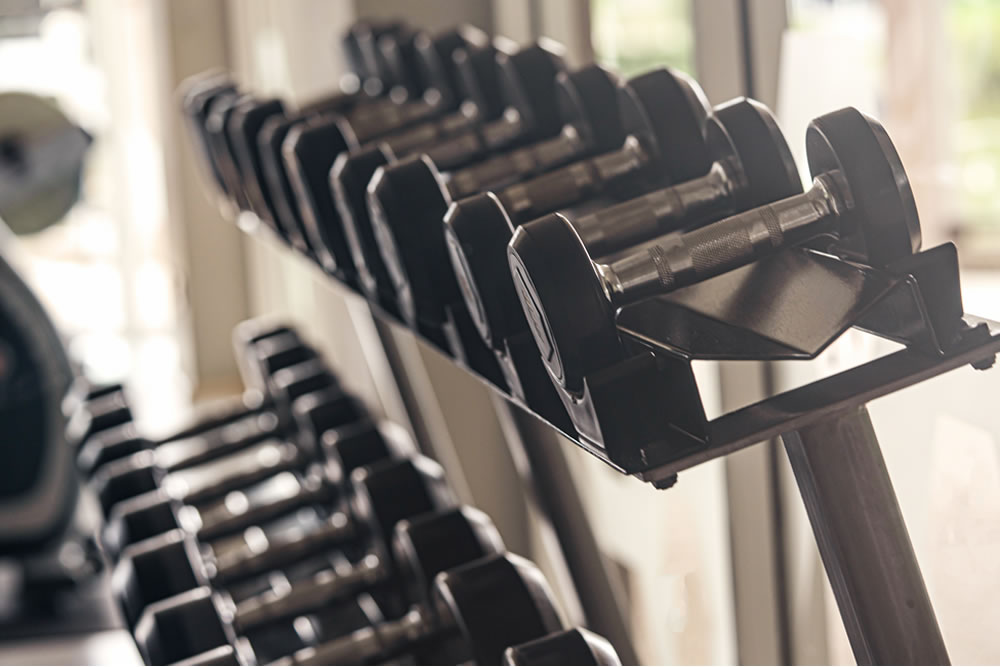
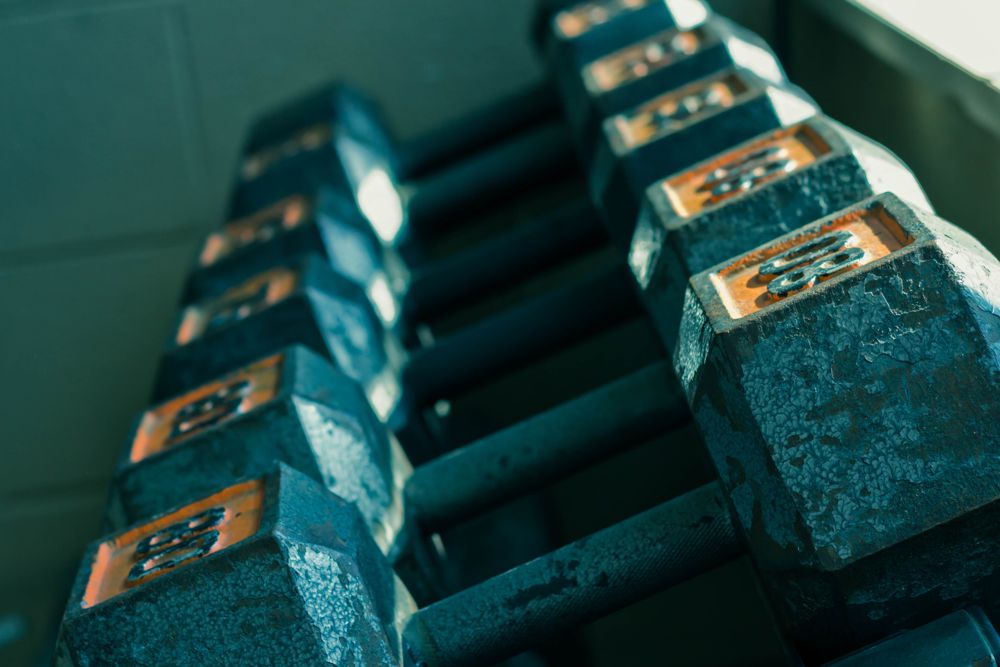
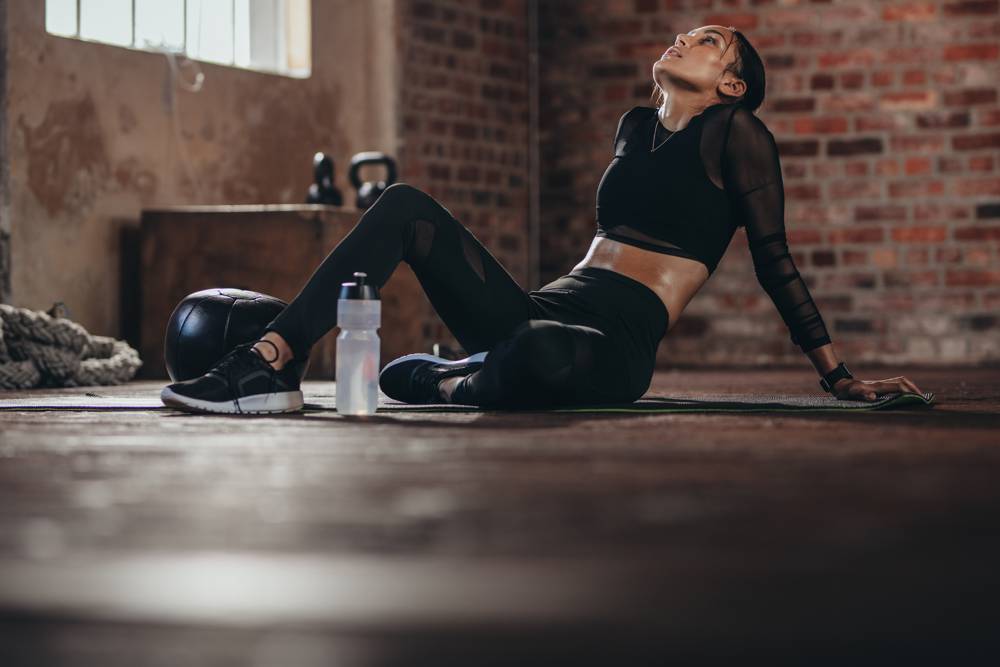
.jpg)
 Intensity refers to load/weight and has been shown to have a significant impact on muscle hypertrophy and is arguably the most important exercise variable for stimulating muscle growth. Intensity can be recorded as a percentage of 1RM and equates to the number of repetitions that can be performed with a given weight.
Intensity refers to load/weight and has been shown to have a significant impact on muscle hypertrophy and is arguably the most important exercise variable for stimulating muscle growth. Intensity can be recorded as a percentage of 1RM and equates to the number of repetitions that can be performed with a given weight.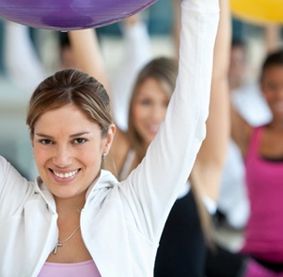 Everyone have seen the cut/bulk cycle that many people go through adding weight for the winter with the pipe dream of gaining some extra muscle and dieting the whole summer to reveal those abs…..Its not something you want to do you can look and feel great all year round by following a few rules!
Everyone have seen the cut/bulk cycle that many people go through adding weight for the winter with the pipe dream of gaining some extra muscle and dieting the whole summer to reveal those abs…..Its not something you want to do you can look and feel great all year round by following a few rules!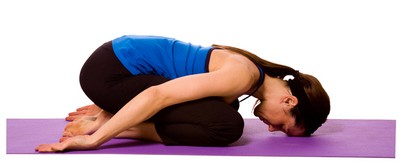 Have you ever consider what can be the relationship between bodybuilding exersices and yoga? Rushing headlong into our strength training routine without the requisite stretching and then rushing through our warm down isn't the best for your body. How conscious are you of your flexibility? Can you still touch your toes? Do you still want to be able to do this as you get older? Yoga could be the power lifter or strongman’s new best friend and you don’t need an incense filled room to do this either.
Have you ever consider what can be the relationship between bodybuilding exersices and yoga? Rushing headlong into our strength training routine without the requisite stretching and then rushing through our warm down isn't the best for your body. How conscious are you of your flexibility? Can you still touch your toes? Do you still want to be able to do this as you get older? Yoga could be the power lifter or strongman’s new best friend and you don’t need an incense filled room to do this either.